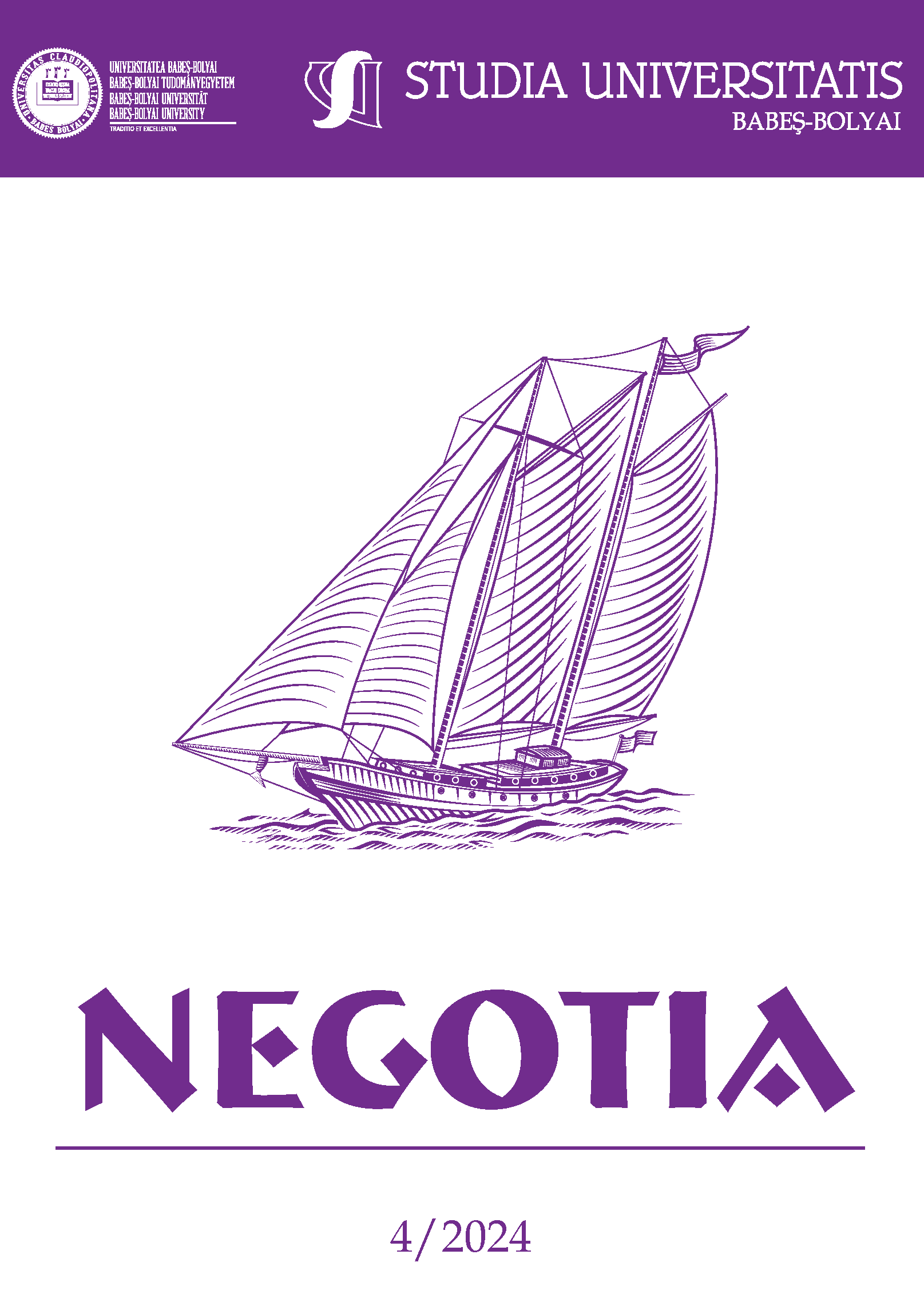ECONOMIC TREMORS FROM A PERFECT STORM: THE UKRAINIAN CRISIS AND ITS IMPACT ON REGIONAL STOCK MARKET VOLATILITY
ECONOMIC TREMORS FROM A PERFECT STORM: THE UKRAINIAN CRISIS AND ITS IMPACT ON REGIONAL STOCK MARKET VOLATILITY
Author(s): Tudor Oprișor, Cristina Ioana Balint, George Silviu CordoşSubject(s): Financial Markets
Published by: Studia Universitatis Babes-Bolyai
Keywords: Stock market volatility; geopolitical risk; Russia-Ukraine war; range-based volatility estimators; proximity effect.
Summary/Abstract: This study investigates the impact of the Russia-Ukraine war on stock market volatility in neighboring countries, analyzing five stock market indices (BET, BUX, WIG, SAX, and MOEX) over a three-year period encompassing one year before and two years after the conflict’s outbreak. Employing four volatility estimators (Close-to-Close, Parkinson, Garman-Klass, and Rogers-Satchell), this research examines the evolution of market volatility and inter-market correlations. Findings reveal a general increase in volatility across most indices following the war’s commencement, with the MOEX index experiencing the highest turbulence. The concept of a “proximity penalty” is partially supported, as geographical closeness to the conflict zone does not uniformly correspond to increased volatility. Also, findings show an initial strengthening of correlations between markets in the first year of the war, suggesting a “contagion effect.” However, this is followed by a weakening of correlations in the second year, indicating a potential “decoupling effect” as markets begin to respond more to local economic conditions. These results have significant implications for investors, policymakers, and risk managers, highlighting the need for dynamic portfolio management strategies, tailored policy responses, and flexible risk models that can adapt to changing market conditions during prolonged geopolitical crises. This study contributes to the existing literature by extending the temporal scope of analysis beyond the immediate aftermath of the war’s outbreak and providing insights into the “proximity effect” in the context of a major European conflict. The observed patterns of initial volatility spikes followed by varying degrees of persistence and changing correlation structures offer a nuanced picture of how geopolitical events impact financial markets over time, emphasizing the complex interplay between political events and financial market dynamics.
Journal: Studia Universitatis Babes Bolyai - Negotia
- Issue Year: 69/2024
- Issue No: 4
- Page Range: 53-68
- Page Count: 16
- Language: English

